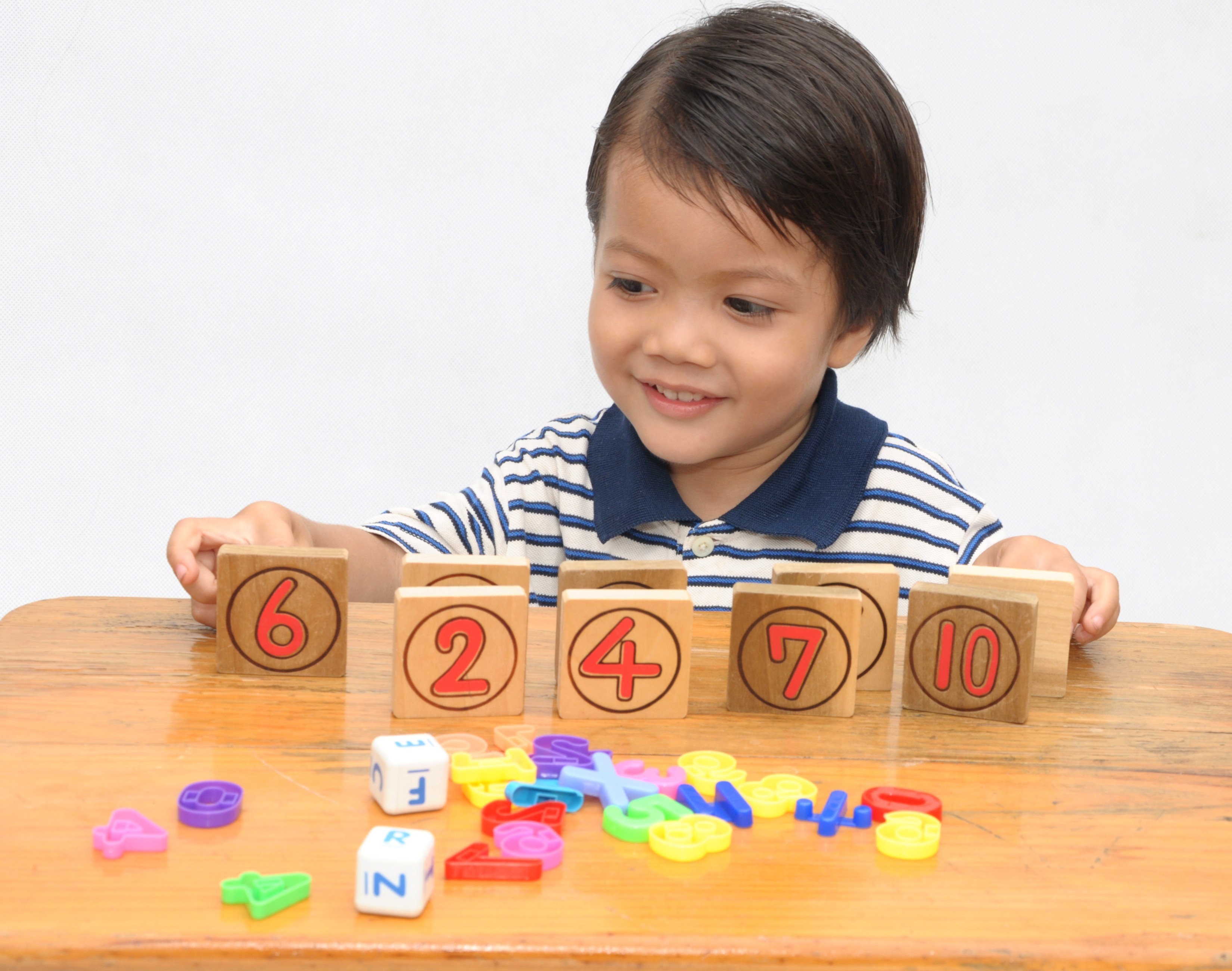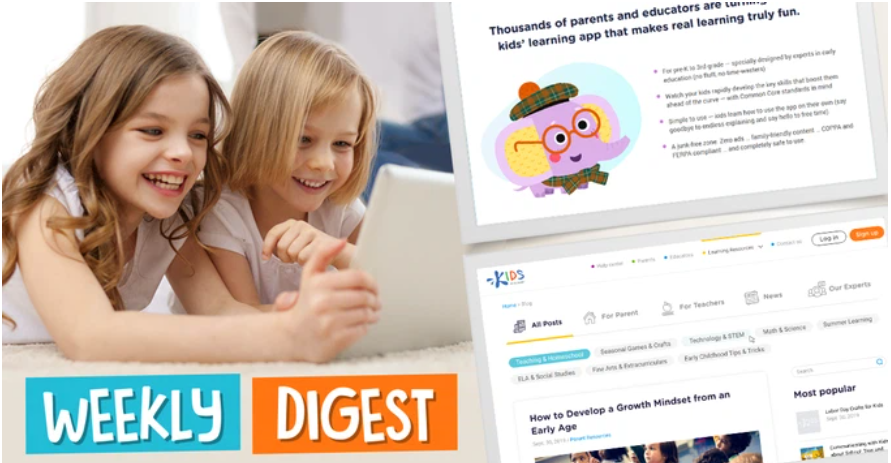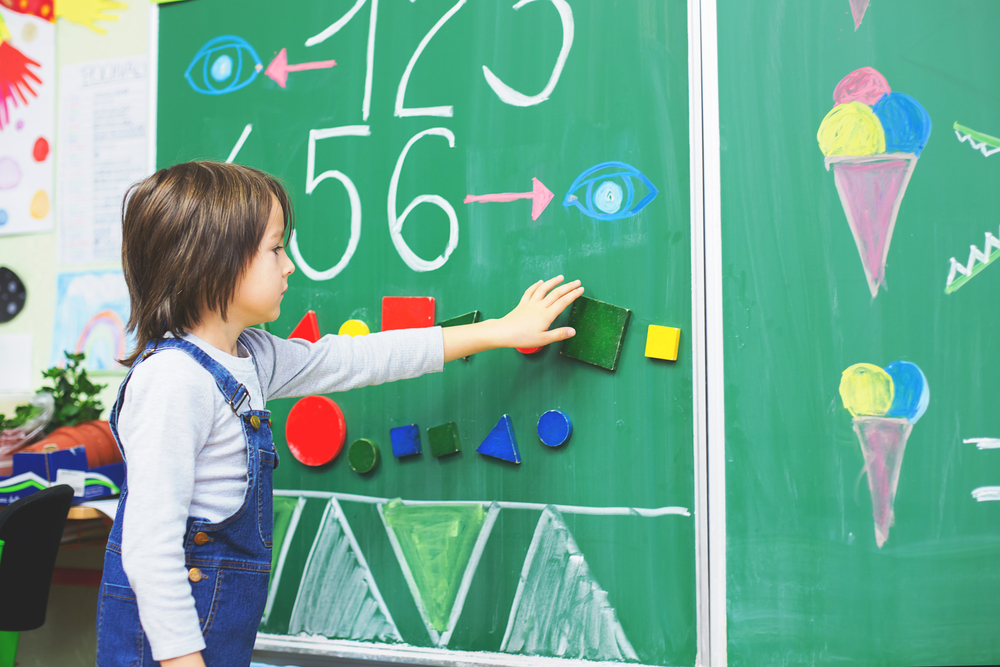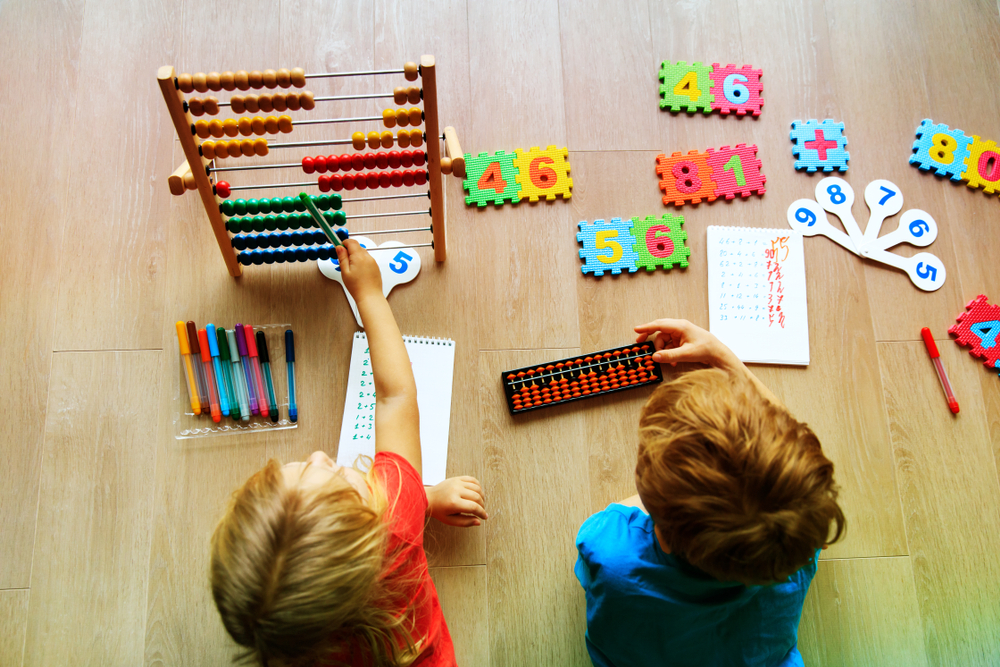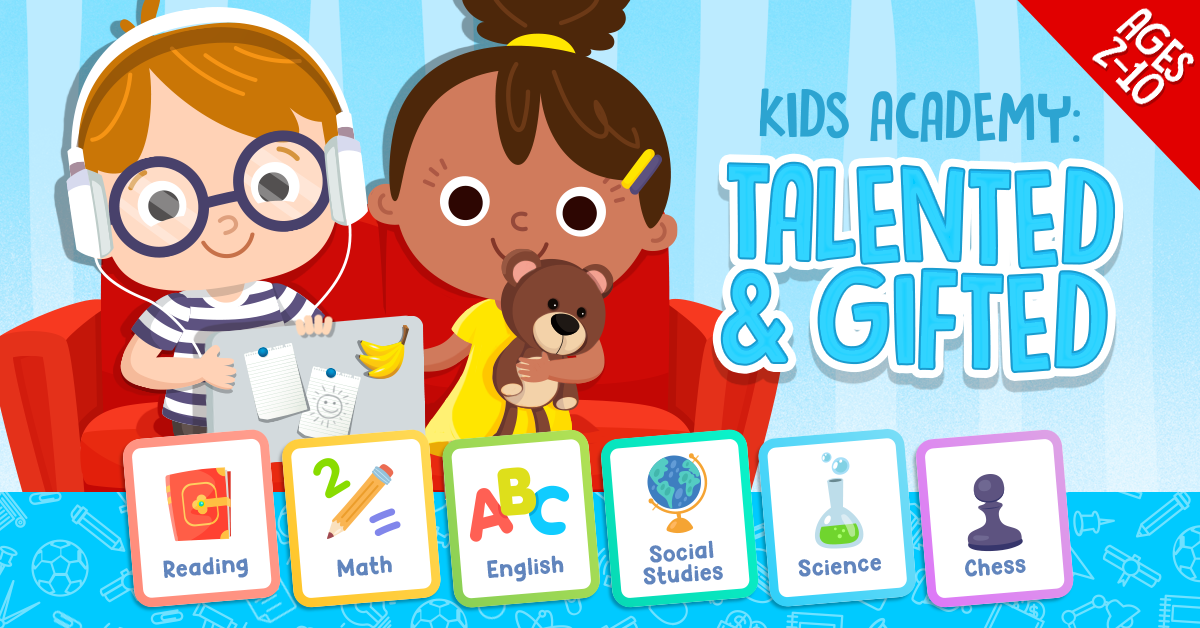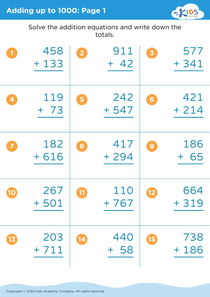Understanding Quantities Numbers Worksheets for Ages 4-6
5 filtered results
-
From - To
Explore our "Understanding Quantities Numbers Worksheets" designed specifically for children aged 4-6! These engaging resources help young learners grasp the concept of quantities and improve their number recognition skills through interactive activities. Perfect for both classroom use and at-home practice, our worksheets encourage children to count, compare, and visualize numbers in fun and imaginative ways. As they complete these worksheets, kids will build a solid foundation in early math, enhancing their critical thinking and problem-solving abilities. Foster a love for math and learning with our tailored worksheets that make understanding quantities a delightful adventure for your little ones!
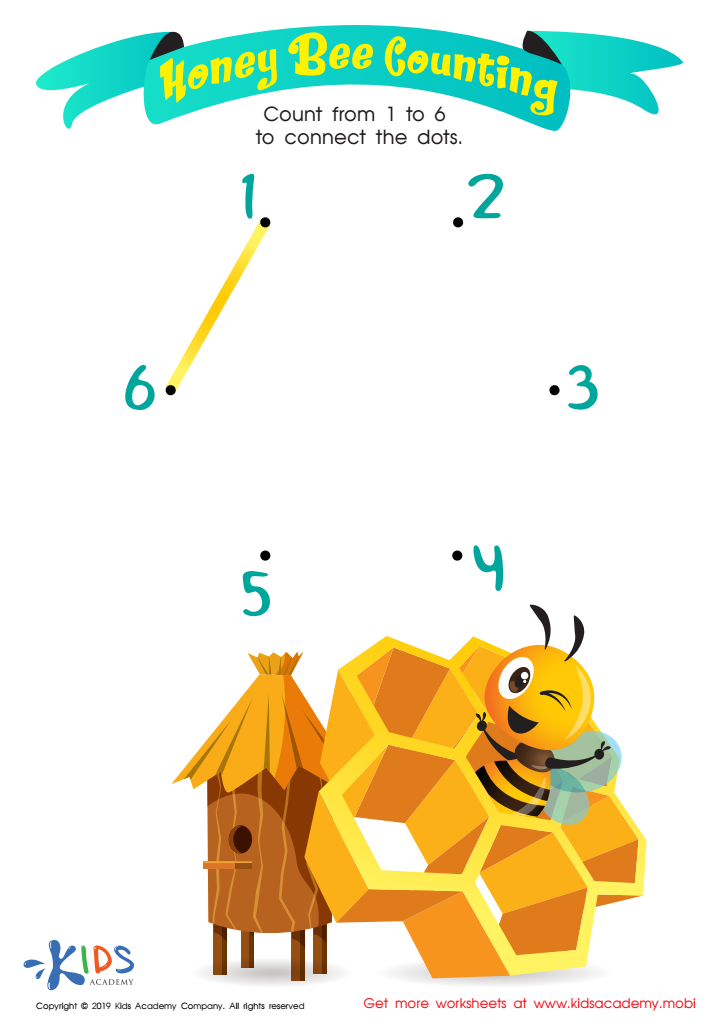

Honey Bee Counting Worksheet
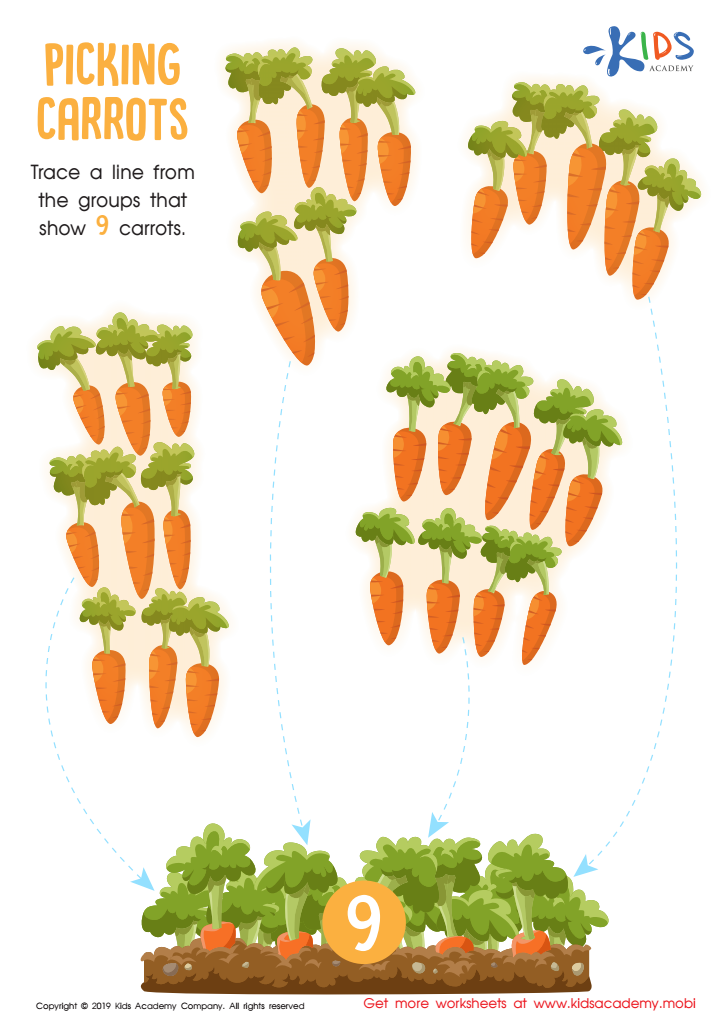

Picking Carrots Worksheet
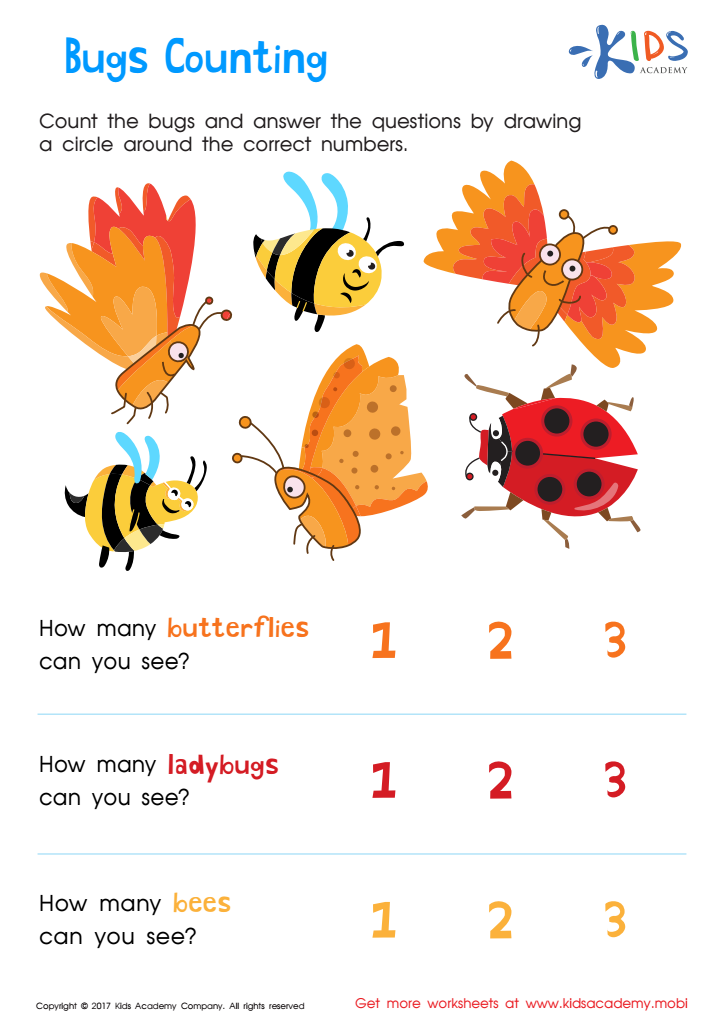

Bugs Counting Worksheet
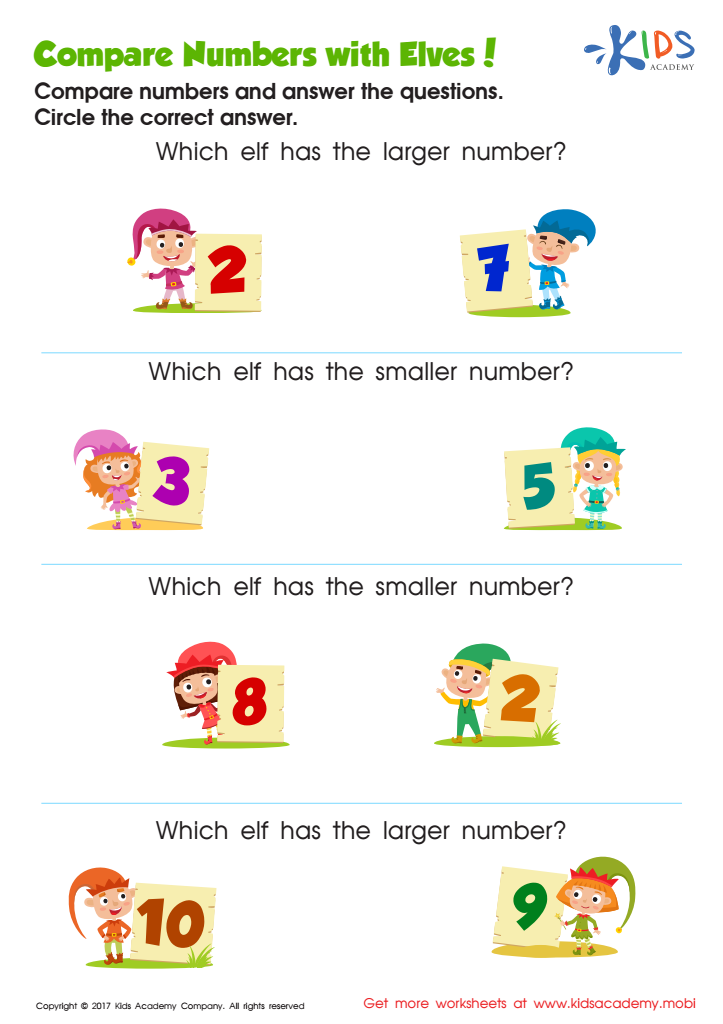

Comparing Numbers Worksheet for Kindergarten
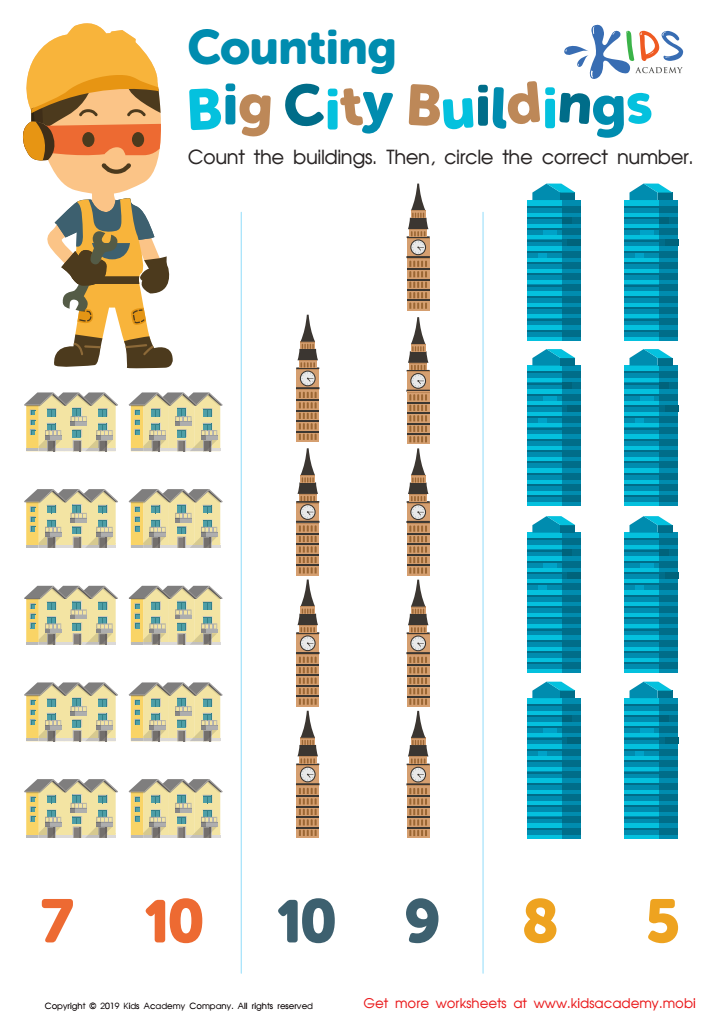

Counting Big City Buildings Worksheet
Understanding quantities and numbers is crucial for children aged 4-6 as it lays the foundational skills for future mathematical learning and critical thinking. During these formative years, children are naturally curious and eager to explore their environment, making it an ideal time to introduce fundamental mathematical concepts.
When parents and teachers actively engage children with quantities and numbers, they help them develop essential skills such as counting, recognizing patterns, and understanding relationships between objects. These skills enhance cognitive development and promote problem-solving and reasoning abilities.
Additionally, understanding quantities helps children grasp everyday situations, from sharing snacks to counting toys, thereby fostering a sense of social interaction and cooperation. It is important for early literacy as well; mathematics vocabulary and concepts intertwine with language development, enriching communication skills.
Moreover, instilling a love for numbers early on can counteract math anxiety later in life. A positive experience with mathematics creates a strong sense of confidence and curiosity that encourages lifelong learning.
By prioritizing the understanding of quantities and numbers, parents and teachers empower young learners, ensuring they are equipped for academic success and real-world applications as they grow.
 Assign to My Students
Assign to My Students



